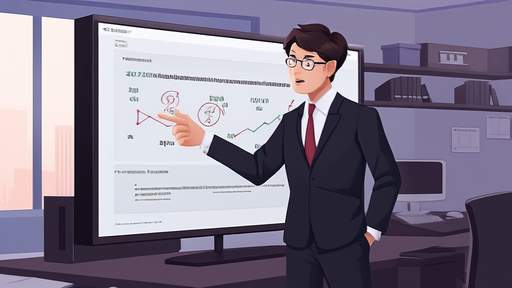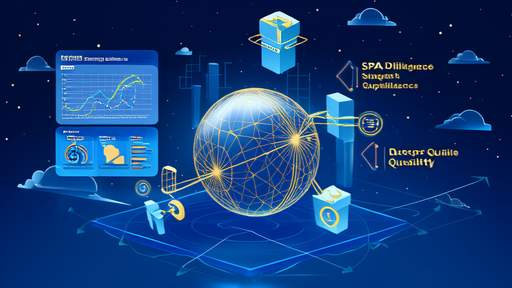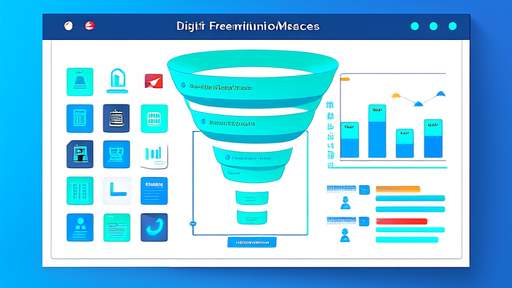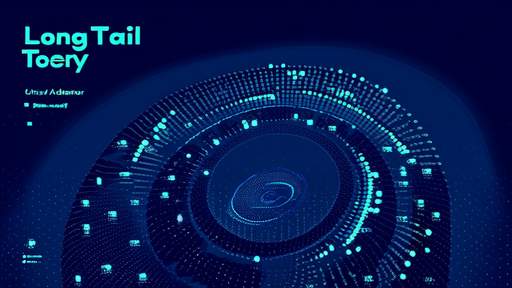The "hot potato" rule in channel conflict management remains one of the most counterintuitive yet effective strategies for maintaining harmony in distribution networks. Unlike conventional approaches that emphasize direct intervention, this principle advocates for swiftly passing responsibility downstream when disputes arise between manufacturers, wholesalers, and retailers. The metaphor derives from the childhood game where players toss scalding potatoes to avoid getting burned—a apt analogy for defusing tensions in complex supply chains.
At its core, the hot potato method recognizes that channel conflicts often stem from misaligned incentives rather than malicious intent. When a retailer complains about unfair wholesale pricing or a distributor protests manufacturer-direct sales, attempts to mediate frequently backfire by entangling all parties in protracted negotiations. By contrast, redirecting the complaint to the next appropriate level in the distribution chain forces accountability while preventing the conflict from crystallizing around a single entity. This creates natural pressure for self-regulation among channel partners.
The psychology behind this approach reveals why it outperforms top-down solutions. Channel members instinctively resist perceived interference from upstream partners, viewing mediation attempts as patronizing or self-serving. A manufacturer arbitrating between two retailers risks appearing biased, whereas allowing the retailers' respective distributors to handle the issue preserves professional boundaries. This psychological distance transforms conflicts from personal confrontations into procedural matters, making resolution more palatable for all involved.
Implementation requires careful choreography. Simply "tossing" problems without context breeds resentment. Successful practitioners embed the hot potato principle within clear contractual frameworks that specify escalation paths and response timelines. For instance, a sporting goods manufacturer might require retailers to first attempt resolution with their regional distributor before involving headquarters. Such structures prevent abuse of the system while maintaining the speed that makes the approach effective.
Seasoned channel managers develop an instinct for when to apply this rule. Pricing disputes and territory encroachments typically respond well, whereas product safety concerns or contractual breaches demand direct intervention. The distinction lies in whether the conflict stems from the natural friction of independent businesses operating at different levels (suitable for hot potato) versus violations of fundamental partnership terms (requiring leadership). Misapplication can exacerbate problems, making pattern recognition critical.
The digital transformation of distribution channels has both complicated and validated the hot potato approach. Online marketplaces and dropshipping arrangements create new friction points between traditional and digital channel partners. Yet the same technologies that accelerate conflicts also enable their rapid resolution through automated escalation workflows and AI-assisted mediation protocols. Forward-thinking firms now build digital hot potato systems that route disputes algorithmically based on type, severity, and historical resolution patterns.
Critics argue this method merely postpones inevitable confrontations. They overlook how the temporary distance created by passing responsibility allows emotions to cool and facts to surface. In one documented case, a European appliance manufacturer avoided a costly channel revolt by having regional distributors handle retailer complaints about online competition. The six-week process yielded localized solutions no central committee could have devised—including hybrid showroom models and geographic price adjustments.
The most sophisticated applications combine hot potato with selective engagement. After allowing channel partners initial attempts at self-resolution, manufacturers may convene working groups to address systemic issues. This balanced approach preserves autonomy while demonstrating leadership commitment. It acknowledges that while quick passing prevents escalation, some potatoes eventually need careful handling with oven mitts rather than reflexive tosses.
Training programs for channel managers increasingly incorporate hot potato simulations. Trainees practice identifying which conflicts to catch and which to redirect, developing the judgment crucial for success. Role-playing exercises reveal how premature intervention often entrenches positions, while proper application of the rule creates space for organic solutions. These trainings emphasize that the goal isn't avoiding responsibility, but rather fulfilling it through the most effective means available.
As globalization stretches supply chains across continents and cultures, the hot potato rule's value grows. Cultural differences in conflict resolution styles make direct mediation increasingly fraught. Passing issues to local partners better equipped to navigate regional business norms often yields superior outcomes. A Japanese distributor resolving disputes among Southeast Asian retailers will typically achieve better results than a distant American manufacturer attempting cross-cultural arbitration.
The future of channel conflict management will likely see the hot potato principle evolve rather than disappear. Blockchain-enabled smart contracts may automate dispute routing while preserving the core philosophy. Artificial intelligence could predict which conflicts require human intervention versus algorithmic redistribution. Yet the fundamental insight—that sometimes the fastest way to resolve tension is to keep it moving—will endure as long as businesses rely on multi-tiered distribution networks.

By /Jun 3, 2025

By /Jun 3, 2025

By /Jun 3, 2025

By /Jun 3, 2025

By /Jun 3, 2025

By /Jun 3, 2025

By /Jun 3, 2025

By /Jun 3, 2025

By /Jun 3, 2025

By /Jun 3, 2025

By /Jun 3, 2025

By /Jun 3, 2025

By /Jun 3, 2025

By /Jun 3, 2025

By /Jun 3, 2025

By /Jun 3, 2025

By /Jun 3, 2025

By /Jun 3, 2025

By /Jun 3, 2025

By /Jun 3, 2025